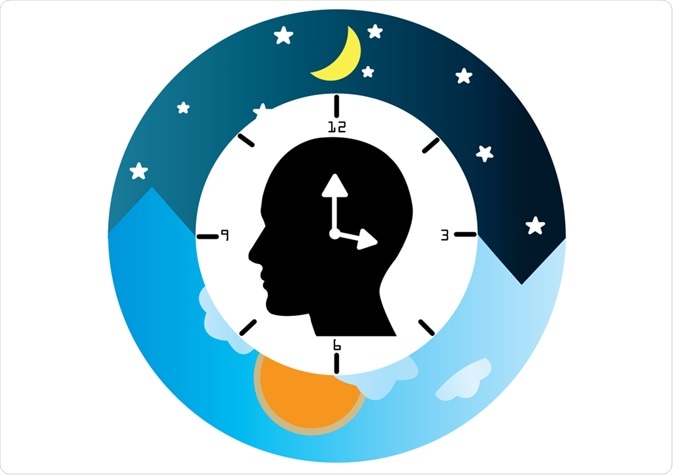One thing that is not talked about as often as it should is how a building can actually impact a person’s health and wellbeing.
It is for that reason that in 2014, the Well Building Standard was created by the International WELL Building Institute to actually measure that impact.

There are several ways that automated shades can help a building meet WELL standards and help positively impact a person’s health and wellbeing.
These include:
- The automated shading and dimming controls standard is included in WELL, and applies when the automated shades are combined with a light sensor to control the shades (instead of temperature readings or tenant preferences).
- Shading technologies also are included in the solar glare control standard.
- Although there is no specific mention of shading or daylighting, like in the LEED certification, there is a standard for circadian lighting design that can apply to automated shades.

Let’s take a closer look at these standards as well as how RYSE can help a building meet WELL standards.
But first… what exactly is WELL?
What Is WELL & How It Can Benefit You
The U.S. Green Building Council calls the Well Building Standard “a performance-based system for measuring, certifying, and monitoring features of the built environment that impact human health and wellbeing, through air, water, nourishment, light, fitness, comfort, and mind.”
The main benefit of meeting WELL standards is happier and healthier employees and building occupants.

Direct benefits to building owners include:
- Increased productivity from employees working inside the building.
- Lower medical costs due to the increased health of building occupants.
- Less sick days from employees.
- More satisfied and engaged workers.
- Lower staff turnover.
- Up to 40% reduction in water consumption and a 12% reduction in energy usage.
In addition to this, the WELL Standard closely matches LEED standards in enhanced building sustainability methods. It is for this reason that it is very common for building managers to seek certification of both WELL and LEED.
But how do automated shades help a building obtain WELL standards?
Automated Shading And Dimming Controls Standard

To start, let’s take a look at the automated shading and dimming controls standard in detail:
Automated controls can help to ensure that these systems continually operate as intended and meet intended benefits such as glare avoidance and energy reduction.
WELL STANDARD #60
The above section clearly indicates automated controls (such as automated shades) should reduce glare and energy use.

…setting these features to automatically adjust can greatly contribute to comfort…
WELL STANDARD #60
The above section highlights how automated shades can result in increased occupancy comfort.
…to block glare from sunlight and that lighting controls are employed to limit artificial light output when sunlight meets designated light levels
WELL STANDARD #60
The above section highlights how automated shades can block glare and be used to limit dependency on artificial lighting with there is sunlight available.

…both energy savings and an improved occupant experience.
WELL STANDARD #60
Finally, the above section indicates how automated shades ultimately result in achieving a WELL standard: by improving both energy savings and occupant experience.
To read more about WELL Standard #60: Automated Shading And Dimming Controls, click right here.
Solar Glare Control Standard
Next, let’s look at WELL standard #56 for more ways that automated shades can help a building meet WELL standards.
“Though bright light during the day is conducive to good health, uneven levels of brightness in the visual field can cause visual fatigue and discomfort.”
WELL STANDARD #56
WELL Standard #56 is all about screen and monitor glare.

The above section highlights the human issue with glare as ultimately being discomfort and fatigue.
To read more about WELL Standard #56: Solar Glare Control Standard, click right here.
Circadian Lighting Design Standard
Finally, WELL Standard #54 revolves around naturally regulating building occupant’s physiological rhythms via the sleep-wake cycle (or circadian rhythm).
We have previously written about how automated shades can positively impact your circadian rhythm in our post, How To Wake Up Feeling Refreshed.

Essentially, automated shades allow you to limit your dependency on artificial lighting by harnessing the power of real sunlight. Eliminating over dependence on artificial lighting is one of the best ways to naturally correct your circadian rhythm.
To read more about WELL Standard #54: Circadian Lighting Design Standard, click right here.
How RYSE Helps Meet WELL Standards

RYSE can help a building meet WELL standards by allowing for the all of the benefits of automated shades without having to throw out the window shades that are already installed in the building.
This helps a building eliminate waste, maintain its look and feel by keeping the window shades that are already installed, and fast-tracking the installation process.




